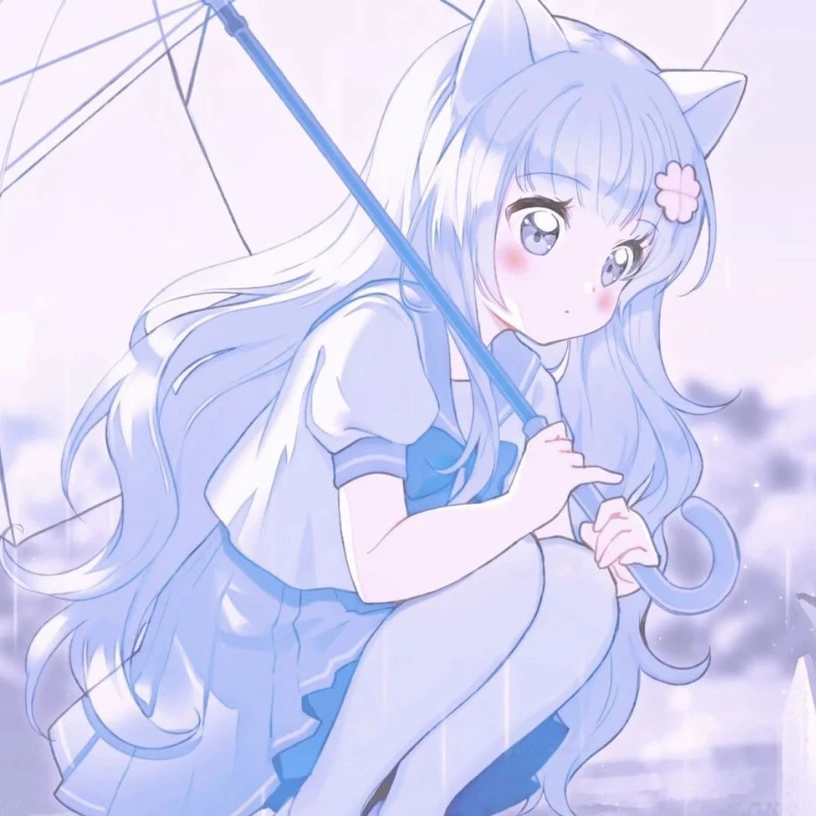Why CS2 Will Forever Remain Bugged: A Comprehensive Analysis

It’s been a full year since the official release of Counter-Strike 2 (CS2). During the spring of 2023, players were initially disappointed with the quality of the product that had replaced the beloved Counter-Strike: Global Offensive, but many still held onto a glimmer of hope that the game would quickly improve. Fast forward to today, and the situation looks much more bleak. Each day, social media platforms, particularly Twitter and Reddit, are flooded with negative posts and complaints about CS2. The official game account on Twitter is practically inundated with grumbling from players, and it’s no wonder — a plethora of grievances have accumulated over time.
Players are increasingly perplexed and frustrated as they ponder why Valve seems to have “abandoned” CS2. Beyond the obvious fact that the game feels significantly different from its predecessor, there is also a glaring absence of new content. The last major update focused on minor adjustments to the boxes on the iconic Dust 2 map and weighed a hefty 2GB. What’s particularly disheartening is that this update was for a map that had merely been brought back to the active pool rather than a newly reworked one. Meanwhile, the hostage rescue map, which has been completely remade, has yet to be added to the game, leaving players eagerly waiting for something fresh. Accompanying this lack of new content are ongoing issues with Premier Matchmaking, where encounters with cheaters occur far too often, and even the simplest CS2 bugs seem to be addressed with an alarming lack of urgency.
Recent rumors surrounding a potential new project from Valve, related to the Deadlock franchise, only serve to reinforce the feeling among players that the developers are no longer interested in CS2. It might appear that they come into the office each day and treat the project with complete indifference and neglect. However, what if I told you that this particular situation has been a recurring theme at every stage of releasing new Counter-Strike titles? Historically, the game has launched in a raw, unpolished state, filled with bugs and controversial updates, and it often took years of hard work to bring it up to a satisfactory standard.
The Buggy Beginnings of Counter-Strike
Counter-Strike has always been synonymous with bugs, starting from the very first version that was released. For instance, in the original Half-Life mod known as Counter-Strike, players were met with only a left-hand character model. At that time, there was no knife available in the game, and rounds were inexplicably set to last 8 minutes without any timer display. Although weapons could be purchased during gameplay, the balance of funds wasn’t saved, leading to further confusion. Additionally, the hostage rescue mode did not guarantee a victory upon successful rescue, which left players feeling frustrated and dissatisfied. When the developers introduced the bomb mechanic, it could be planted anywhere on the map, further adding to the chaos. However, these bugs in CS2 went largely unnoticed at the time, as the project was fan-made, created by a group of enthusiastic school kids who were still honing their skills.
When Valve acquired the rights to the mod and released Counter-Strike 1.0, the game became available only to those who had purchased Half-Life. Over the subsequent three years, the developers rolled out numerous updates aimed at fixing major bugs in CS2 and introducing important features. For example, voice chat was only introduced in version 1.3 in September 2001, and the VAC (Valve Anti-Cheat) system made its debut in version 1.4, a year and a half after the original release. Even basic features, such as first-person and third-person spectator modes, were added long after the initial launch, demonstrating a slow but steady evolution of the game.
However, bugs were rampant throughout the game. For instance, the notorious “boost bug,” which allowed a player to climb on a teammate’s head and jump into otherwise unreachable textures, became quite common. Another issue was the bomb bug, where the device could fall out of bounds without making any noise, rendering it impossible to locate. These issues, along with minor grenade hitbox problems, caused discomfort and frustration for players who were simply trying to enjoy the game.

Counter-Strike: Source — A Journey of Problems and Disappointments
With the release of Counter-Strike: Source on a new game engine, expectations among players reached an all-time high. Many anticipated impressive graphical updates and exciting new gameplay features, but the game ultimately fell short of these lofty expectations. The best and most stable version of the game — CSS 34 — was not released until five long years after its initial launch. While Source did offer improved graphics and physics, it was unable to surpass the enduring popularity of CS 1.6, much to the disappointment of the fanbase.
The primary issues of Source remained strikingly similar to those encountered in previous versions: the shooting mechanics felt imprecise, player movements failed to meet expectations, and there was a catastrophic lack of content. The enhanced graphics, while visually appealing, caused significant issues for players with older computers, which simply couldn’t handle the game’s demanding requirements.
Texture and hitbox problems once again emerged as significant headaches for players. Bugs allowed players to climb to the tops of maps or even traverse through them, effectively breaking the game’s physics engine. On certain maps, such as Mirage, players could see through walls, turning the game into a frustrating experience for those seeking fair competitive play.
Top 5 best Community maps in CS2
CS:GO — The Painful Development Story
When Counter-Strike: Global Offensive (CS:GO) was released in 2012, players were once again met with a slew of bugs and controversial developer decisions. Upon its launch, players were quick to voice their dissatisfaction with the shooting mechanics, player movement, and weapon selection. For example, instead of the familiar M4A1-S and USP models that had become iconic in the series, the game introduced the M4A4 and P2000, which sparked a wave of discontent and frustration among long-time fans. Later, the developers brought back the popular weapon models, but this move didn’t resolve all the ongoing issues that players were facing.
CS:GO also inherited many of the bugs that plagued Source. For instance, flashbang and grenade CS:GO bugs allowed players to access unreachable spots on the maps, further complicating the gameplay. New problems emerged as well, such as “holes” in hitboxes and pixel texture gaps, which made shooting unpredictable and frustrating. However, over time, many of these bugs were addressed, and the game gradually evolved into the esports standard that it is today, drawing in a large and dedicated player base.
CS2 — A Familiar Story
When CS2 was finally released, the story of bugs and glitches repeated itself yet again. Many of the bugs that players remember from previous versions returned, seemingly unaffected by the passage of time. Issues with inaccurate hitboxes, texture boosts, and pixel walking — all of these problems can be found in CS2, just like in its predecessors. However, the game went even further, as some bugs became even more absurd and entertaining. For example, in one version, players could inexplicably fly into the sky and run outside the map, leading to chaotic and unpredictable gameplay.
The console commands in CS2 offer an alarming degree of flexibility: players can enable “cheat” modes through the console, change their camera view, and even see enemies through walls. One of the most amusing bugs to arise is the so-called “Michael Jackson Peek,” in which, under certain circumstances, a character’s legs remain behind the body, creating a bizarre and unsettling animation that leaves players both confused and amused.
Despite all of these bugs and glitches, Counter-Strike continues to be one of the most popular games in the world. Throughout the series’ history, every new version has launched in a raw and unpolished state, requiring years of refinement to achieve a satisfactory level of quality. CS2 seems to be no exception to this long-standing trend.
Why Nuke is a Unique Map in CS2?
Conclusion: A Legacy of Bugs and Resilience
In conclusion, CS2 continues the tradition of bugs and glitches that has been a hallmark of the Counter-Strike series since its inception. However, this does not prevent the game from remaining popular and beloved by millions of players around the globe. Valve developers have a monumental task ahead of them, as they work to fix CS2 bugs and improve the game, but history has shown us that this process is entirely feasible. Over time, CS2 will likely evolve into a more stable and polished version of itself, yet the bugs and controversial decisions will continue to be part of its legacy. The enduring popularity of Counter-Strike demonstrates that while the games may have their issues, the community remains dedicated and resilient, eager to embrace whatever comes next in the ever-evolving world of competitive gaming. As players continue to navigate the challenges presented by CS2, they hold onto hope that the developers will listen to their concerns and work diligently to create a game that lives up to the high standards set by its predecessors. Ultimately, the story of Counter-Strike is one of both struggle and triumph, illustrating the dynamic relationship between players and developers in the world of gaming.
转载请注明出处
原文链接: /posts/why-cs2-will-forever-remain-bugged-a-comprehensive-analysis









